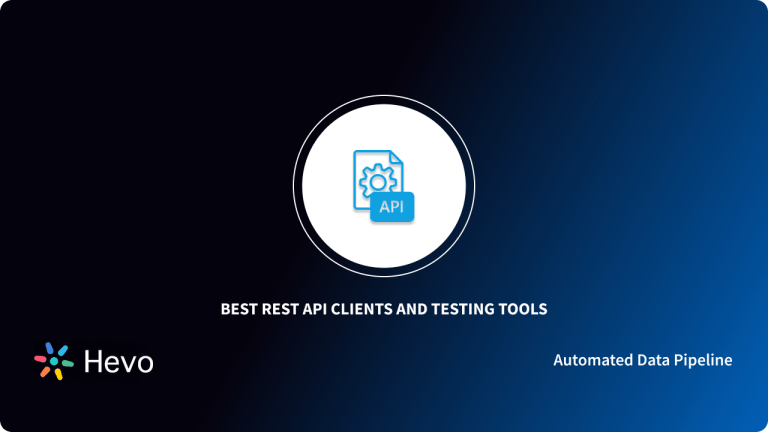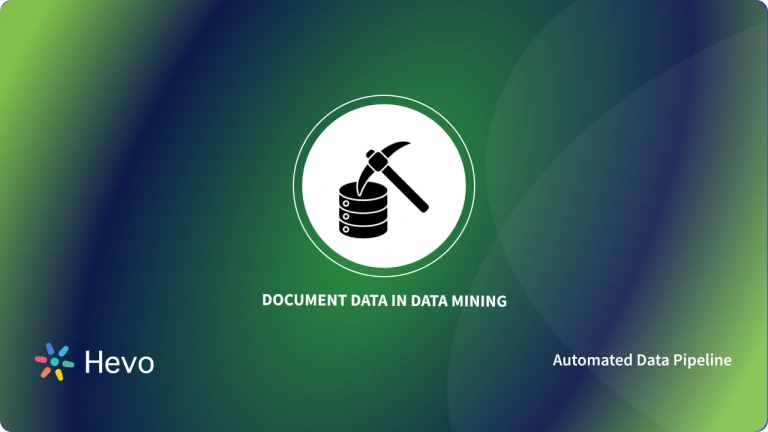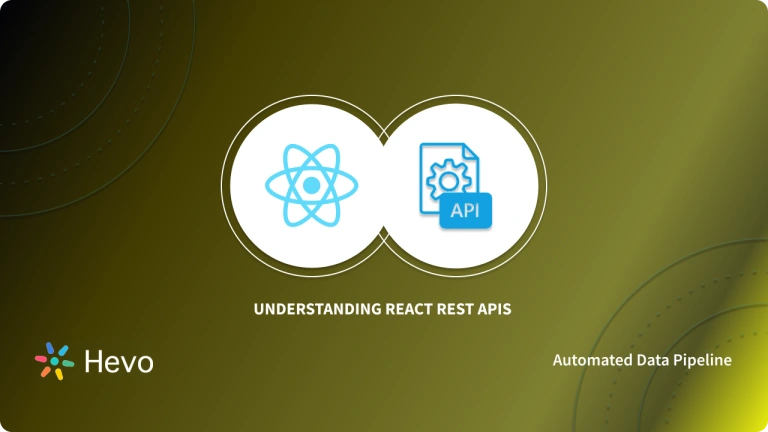REST APIs make it easy for applications to share data without relying on slow, insecure methods. Instead of interacting with a user interface, APIs allow you to pull information directly from another system. Clear documentation is a must to make sure your API is user-friendly. Good documentation ensures anyone—whether a new team member or an external developer—can use the API with ease. It should include details like functions, classes, return types, and examples, serving as a quick, helpful guide. In this article, we’ll share 5 key tips for documenting REST APIs effectively.
Table of Contents
Understanding REST API Documentation
An API documentation is a reference document that explains how to use a particular API. It is a technical manual with information about the services offered by the API, how to use its different parameters and endpoints, and other instructions about the implementation of the API. Having robust API documentation is good for API governance.
APIs make it easy for developers to move data between different software products with ease. You can use an API to fetch the features of a product and then add them to your application, without having to begin from scratch.
Documenting REST API can help developers to understand how to use a REST API and incorporate it into their use cases without having to deal with any programming obstacles. The impact of this will be the increased adoption of products from your company.
A fully managed No-code Data Pipeline platform like Hevo Data helps you integrate and load data from 150+ Data Sources (Including 60+ Free Data Sources) to a destination of your choice in real-time in an effortless manner. Hevo further provides a Native REST API Connector for free to help you load data from custom and non-native data sources to your desired destination without writing a single line of code.
Check out some of the cool features of Hevo:
- Secure & Reliable: Hevo’s fault-tolerant architecture ensures secure, consistent data handling with zero loss and automatic schema management.
- User-Friendly & Scalable: Hevo’s simple UI makes it easy for new users, while its horizontal scaling manages growing data volumes with minimal latency.
- Efficient Data Transfer: Hevo supports real-time, incremental data loads, optimizing bandwidth usage for both ends.
- Live Monitoring & Support: Hevo provides live data flow monitoring and 24/5 customer support via chat, email, and calls.
Best Tips and Strategies for Documenting REST APIs
Below are some of the best practices for good REST API Documentation:
- Plan for the Documentation
- Add Fundamental Sections
- Maintain Consistency and Avoid Jargon
- Add Interactive Examples
- Write for Entry Level
1) Plan for the Documentation
- Plan Before You Start: Planning ahead increases your chances of successful documentation.
- Know Your Audience: Understand who will be using the documentation to choose the right structure, language, and design.
- Understand the Scope and Purpose: Knowing the goals of your API documentation helps you create relevant and helpful content.
- Focus on the User: Tailor your documentation to address the needs of the users, ensuring it’s easy for them to understand and use the API.
- You should ask yourself the following questions:
- “Who reads your API documentation pages?”
- “What do they want to use it for?”
2) Add Fundamental Sections
- Overview of the API: Provide a clear explanation of what the API does.
- How to Acquire Authentication Credentials: Include instructions on how users can obtain the necessary credentials.
- Resources Required to Use the API: List any resources or dependencies needed to work with the API.
- Possible Error Messages: Detail common error messages users might encounter and how to resolve them.
- Terms of Use: Outline the terms and conditions for using the API.
3) Maintain Consistency and Avoid Jargon
- Be Consistent with Terminology: Use uniform language and avoid contradictions in both text and code.
- Proofread Your Documentation: Review thoroughly to remove ambiguous or unclear sections.
- Stick to Naming Conventions: To avoid confusion, keep naming consistent, including HTTP verbs and status codes.
- Use Well-Established Conventions: For example, use the GET HTTP verb to query data, making your documentation easier to understand.
- Avoid Unnecessary Technical Jargon: Use simple, clear language that suits your target audience’s needs.
4) Add Interactive Examples
- Include Interactive Sample Code: Developers often want to test what they read in documentation. By adding sample code in a popular programming language (like Python or JavaScript), you allow users to try out the API immediately. This helps them understand how the API works in real scenarios and reduces implementation challenges.
- Provide Test Data: Along with your documentation, offer test data that users can use to run example API requests. This allows them to see real-time responses from the API, making it easier to understand how the API behaves and helps troubleshoot potential issues.
- Supplement with Additional Resources: Enhance the documentation by providing extra resources that help developers get the most out of your API. A getting started guide offers step-by-step instructions for beginners, while libraries and SDKs can simplify integration. Tutorials further explain how to use the API in various scenarios, making the learning curve smoother for new users.
5) Write for Entry Level
- Documentation is Typically Written by Technical Writers: Technical writers are skilled at translating complex technical information into a clear, readable format. However, even they may use some technical jargon in the documentation.
- Consider Your Audience: Your API documentation will be read by a wide range of people with different roles and expertise. This includes developers who will interact with the API, decision-makers like solution architects and CTOs who need to evaluate whether the API fits their needs, and observers such as technical writers, journalists, and competitors.
- Target the Least Experienced User: Since your audience is diverse, aim to make the documentation accessible to those with the least experience. This will ensure that everyone, regardless of their background or expertise, can understand and use the API.
- Ensure Readability for All Experience Levels: By following these practices, you’ll create API documentation that caters to users with varying levels of experience with APIs.
To learn about REST API best practices and standards, explore Hevo’s resources.
Conclusion
This blog discussed the best tips and strategies to be followed when Documenting REST API and provided a brief understanding of REST API and its documentation process.
Extracting complex data from a diverse set of data sources such as REST APIs can be a challenging task and this is where Hevo saves the day!
Hevo Data offers a faster way to move data from 150+ Data Sources such as REST API for free, into your Data Warehouse to be visualized in a BI tool. Hevo is fully automated and hence does not require you to code. Hevo provides a pre-built Native REST API Connector that will allow you to integrate data from a plethora of custom and non-native sources. All this without writing a single line of code and free of cost.
Want to take Hevo for a spin? Sign Up here for a 14-day free trial and experience the feature-rich Hevo suite first hand. You can also have a look at the unbeatable Hevo Pricing that will help you choose the right plan for your business needs.
Share your experience of learning about the best strategies and tips that you must incorporate while Documenting REST APIs. Share your thoughts in the comment section below!
Frequently Asked Questions
1. How do I document my REST API?
Documenting your REST API involves providing comprehensive details about endpoints, request/response formats, and usage examples. Tools like Swagger/OpenAPI, Postman, and Apiary can help streamline this process.
2. What is the best way to document an API?
a) Swagger/OpenAPI
b) Postman
c) Apiary
3. What is REST API format?
a) Resources
b) HTTP Methods
c) Request and Response





